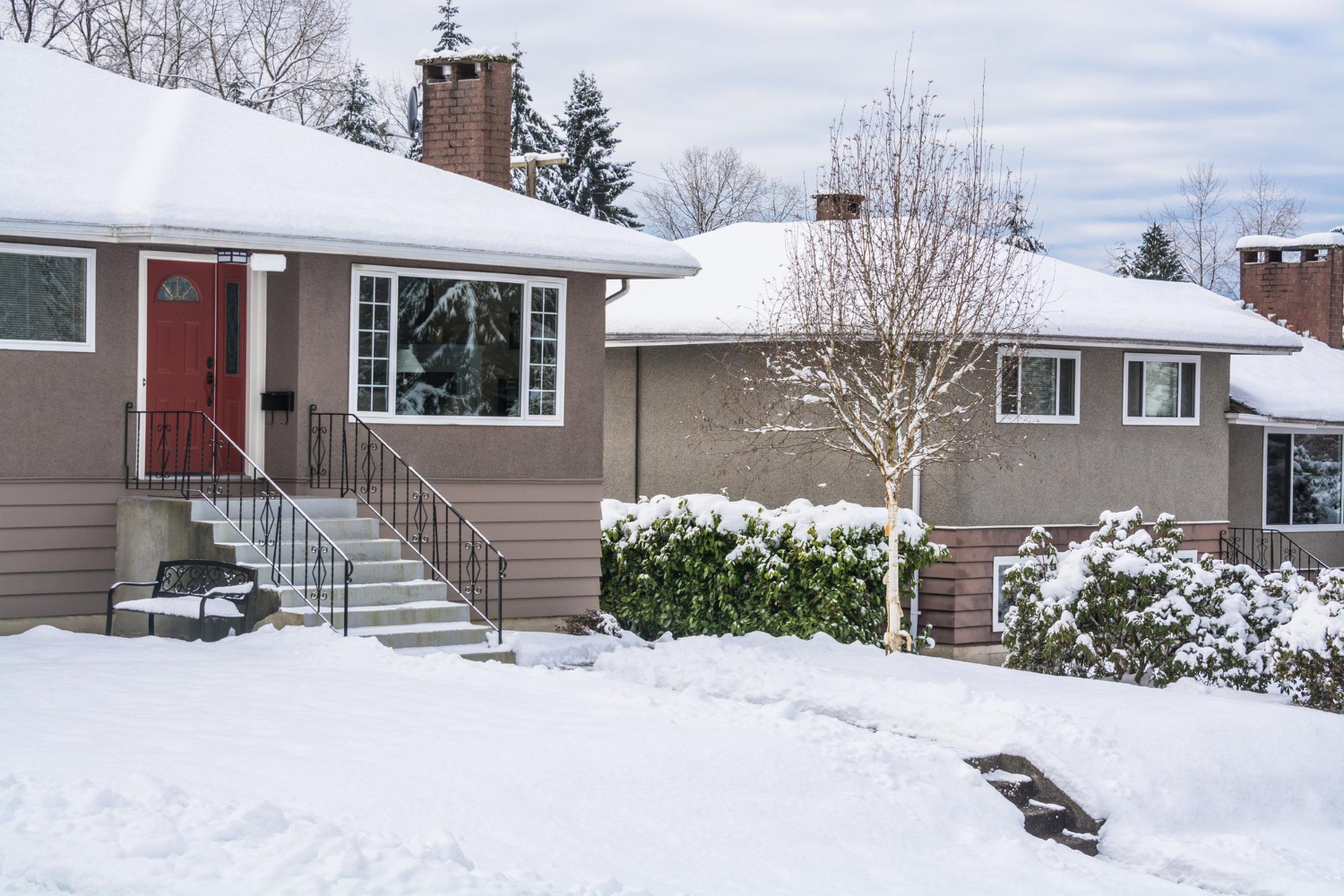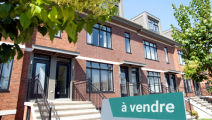4th quarter 2023: What to remember from the last year in the market?
In the 4th quarter of 2023, real estate market data confirms a smooth end to 2023 despite rising interest rates.

According to Charles Brant, QPAREB Market Analysis Director, the fourth quarter reflects a market with even fewer first-time homebuyers. Two factors are influencing the postponement of purchase plans: a climate of economic uncertainty and expectations of a drop in interest rates in 2024. The same behaviour is observed in sellers, who note that buyers are more cautious and hesitant. Sellers are therefore also likely to postpone their sales project until a future date.
In the 4th quarter of 2023, the year thus ended with a low transaction level and relatively few properties available for sale. The result is a stagnation of the market which remains squarely in sellers’ territory. Consequently, prices are generally remaining under pressure, either increasing or remaining stable. Only rarely in certain markets with the highest property prices are they falling.
The 2023 data to remember for the province
Sales
- Across the province, the decline in transactional activity was observed across all property categories, with variations between -10 per cent and -21 per cent. Plexes with two to five units stand out with a sharper drop in sales (-21 per cent in one year). Condominiums and single-family homes recorded respective decreases of 15 per cent and 10 per cent.
- As for metropolitan areas, the Gatineau, Montreal, and Sherbrooke CMAs posted the largest declines, -15 per cent, -14 per cent and -14 per cent, respectively. Sales were also down in the CMAs of Drummondville (-10 per cent), Quebec City (-7 per cent), Trois-Rivières (-7 per cent) and Saguenay (-7 per cent).
- Urban centres saw a more marked decrease in sales from 2022 to 2023. Sept-Îles registered the greatest drop, down by 26 per cent in 2023. The markets in Shawinigan (-21 per cent), Lachute (-20 per cent), Salaberry-de-Valleyfield (-19 per cent) and Saint-Hyacinthe (-18 per cent) also recorded significant declines. A more modest slowdown was observed in Baie-Comeau (-5 per cent), Val-d’Or (-4 per cent), Cowansville (-3 per cent) and Amos (-2 per cent). Finally, sales were either stable or increased in the Sainte-Marie (0 per cent) and Alma (+4 per cent) markets.
Active Listings
The accumulation of available properties accelerated in 2023. The number of active listings stood at 32,154 across Quebec, an increase of 24 per cent compared to 2022, but still well below the historical average.
Median Prices
- Across Quebec, the median price for single-family homes stood at $416,500, representing zero change (0 per cent) compared to 2022.
- As for condominiums, the median price dropped to $360,000, a slight decrease of 1 per cent compared to 2022.
- Small income properties, with a median price of $520,000, saw an increase compared to 2022, rising by 4 per cent.
Market Conditions
Despite the slowdown in transactional activity, the number of months required to sell the inventory of residential properties on the market remains at levels that favour sellers across the province. The drop in sales is reflected in particular by a gradual increase in active listings. The number of months required to sell the inventory is thus up to 5.1 months (all categories combined).
Selling Times
The average selling time for single-family homes in Quebec was 54 days in 2023, or 13 days more than in 2022. Condominiums and small income properties followed at 58 days and 75 days, respectively. This is 14 days more for condominiums and plexes.
For more detailed statistics on each of Quebec’s regions, read the QPAREB Barometers and visit https://apciq.ca/en/real-estate-market/.
See also:
First-time homebuyers: What are the costs to expect in the first year?
Keeping Up With Real Estate Market Trends
What do you know about Quebec’s new housing construction market?
 The Largest Number of Homes for Sale
The Largest Number of Homes for Sale




